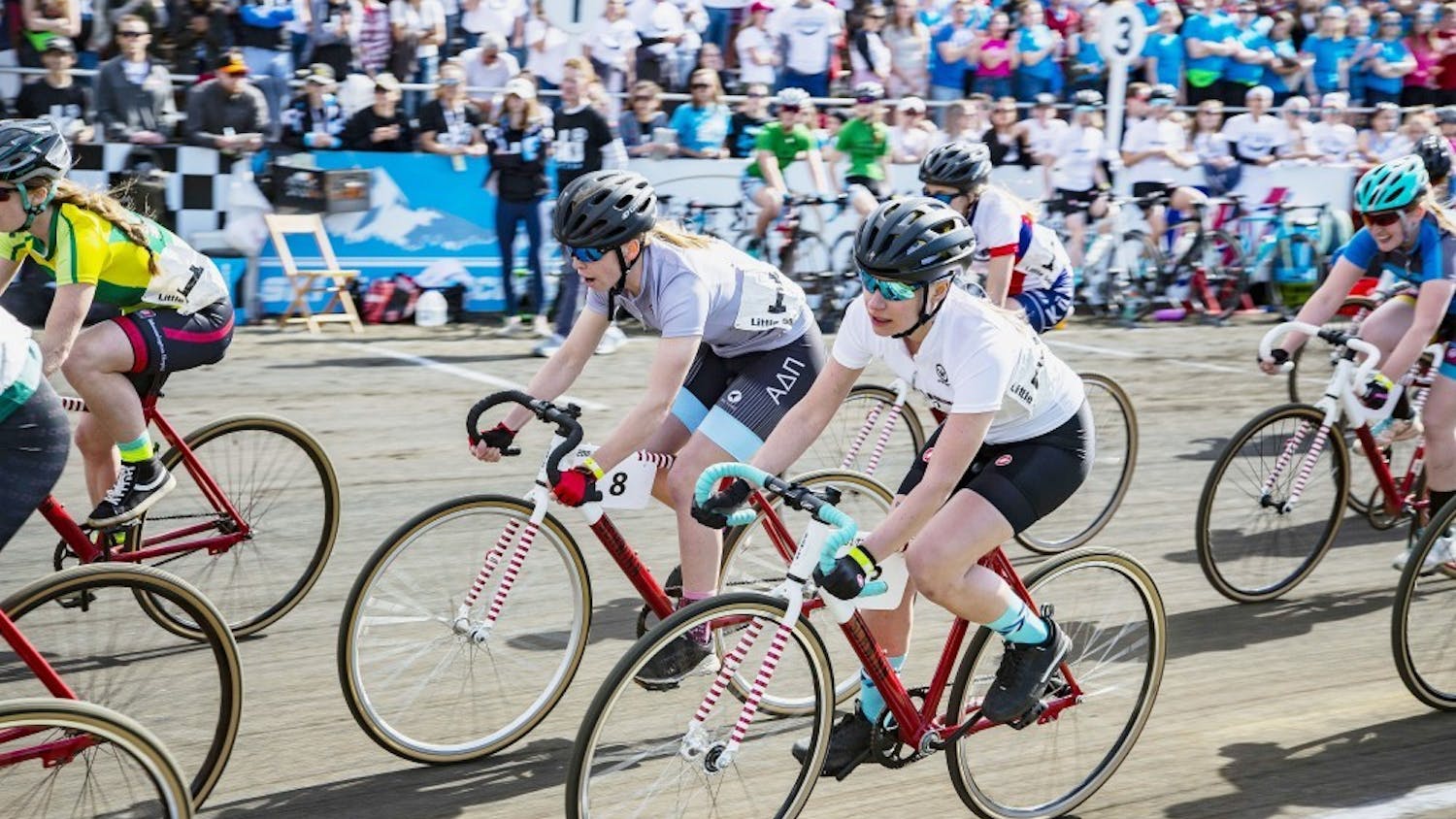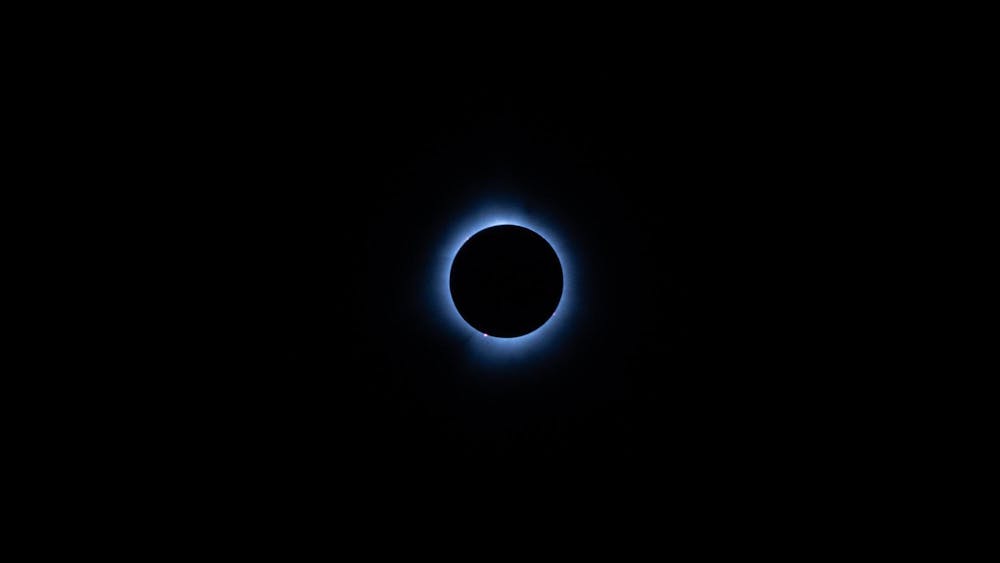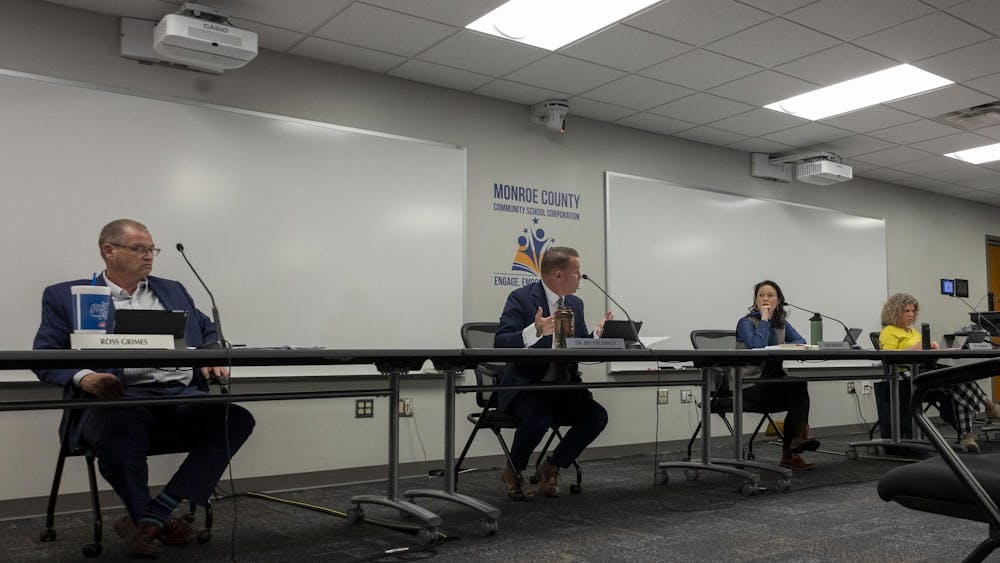Antibiotic-resistant infections strike 2 million Americans each year, according to the Centers for Disease Control. Around 23,000 of those 2 million, die as a result of the infection.
IU researchers recently conducted a study that may help to change those numbers.
Michael VanNieuwenhze and Yves Brun, IU researchers in organic chemistry and microbiology respectively, conducted a joint study with Harvard University where they discovered the way bacteria replicate and create cell walls. They were able to identify the proteins necessary for replication and what they did.
“As the cell prepares to divide they require many different proteins, and this is a carefully regulated process,” VanNieuwenhze said
He said researchers and doctors could specifically target one of the proteins required and halt replication because they now have a better understanding of how the cell divides.
VanNieuwenhze started on the foundations of this research in 2005 when he began working with probes, which are chemicals that target and identify proteins and markers within cells. However, the majority of the research began after he started collaborating with Brun.
The two won the Outstanding Collaborative Faculty Research Award from IU in the award’s inaugural year, 2014. It was not long before the work was picked up by Harvard researchers who began collaborating with VanNieuwenhze and Brun.
“The initial work was done here, thanks to the collaboration between Yves and I,” VanNieuwenhze said. “Yves and I are indebted to the excellent work by our grad-students and research groups.”
Erkin Kuru and Yen-Pang Hsu, grad-students who worked in VanNieuwenhze and Brun’s lab, were integral to the discovery. Ultimately the findings discovered proteins that guide the construction of the cell wall.
The cell wall is built in rings on the inside of the cell, and, during division, the proteins guide the construction into a spiral pattern that forms a disk, splitting the cell in two.
“None of us anticipated the impact our research was going to have,” VanNieuwenhze said. “I certainly was not expecting it, I was coming from a chemistry angle, not biology.”
VanNieuwenhze said the research is going to continue even though they have finished with this portion. He and Brun are continuing to create probes in different colors for more antibiotic discovery.
“We are funded through grants from the National Institute of Health,” VanNieuwenhze said. “We still have about two years on the grant. Then we will be reapplying.”






